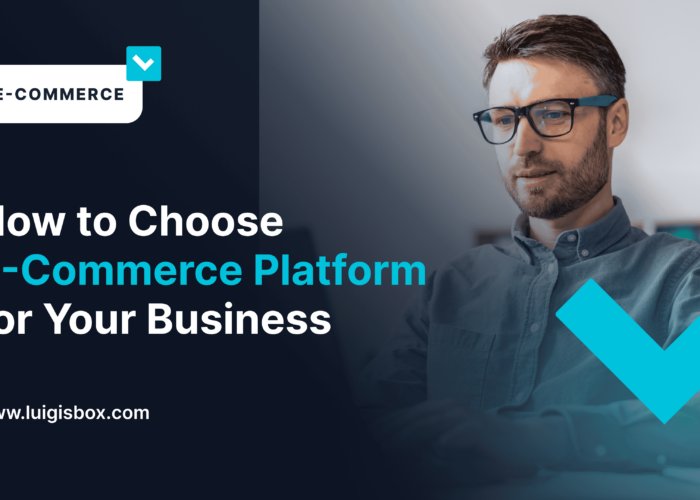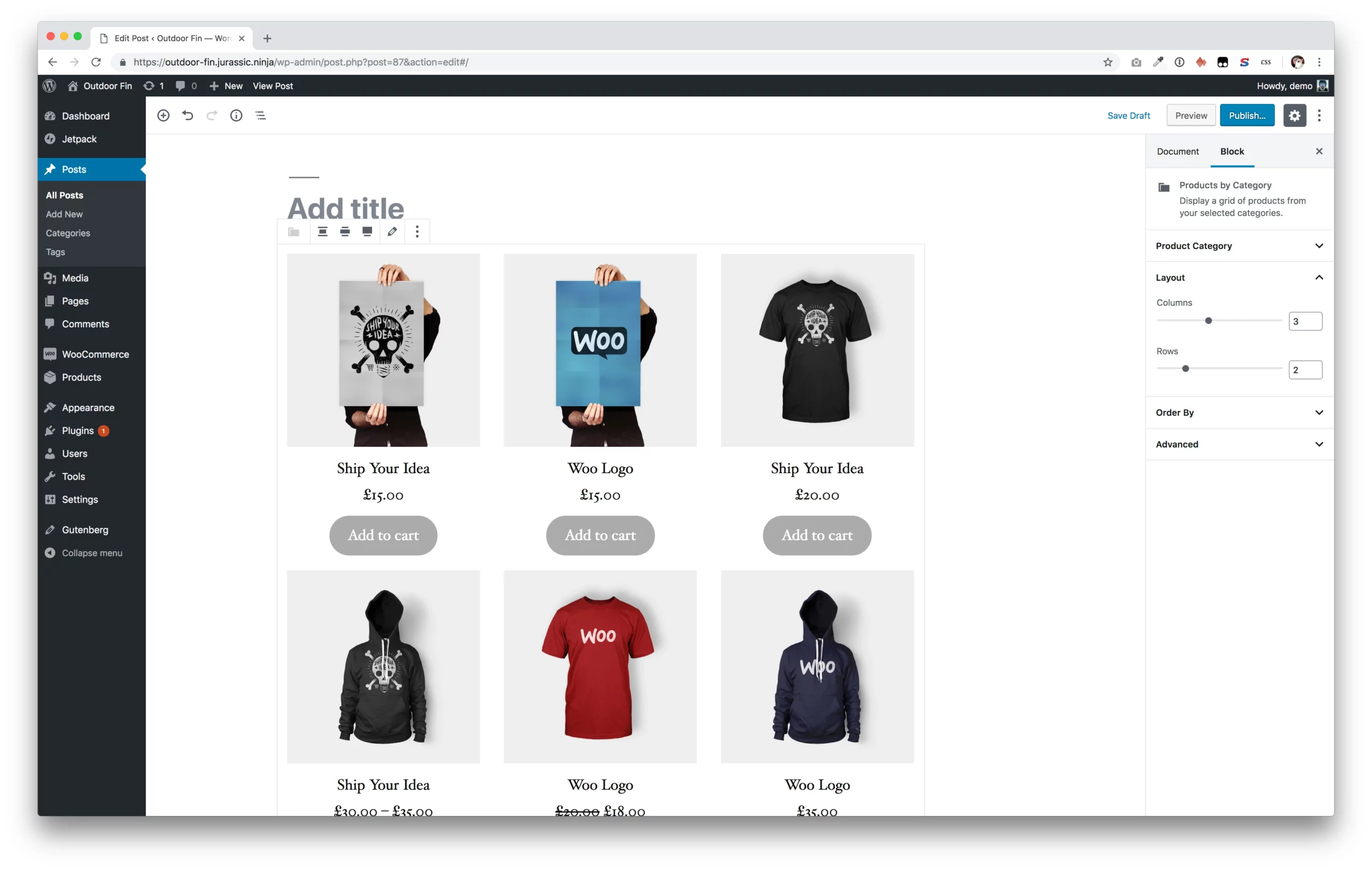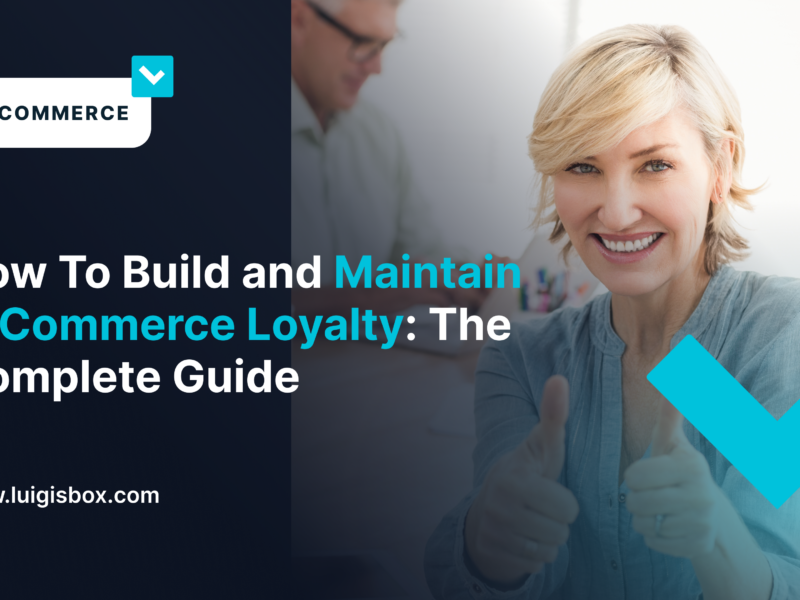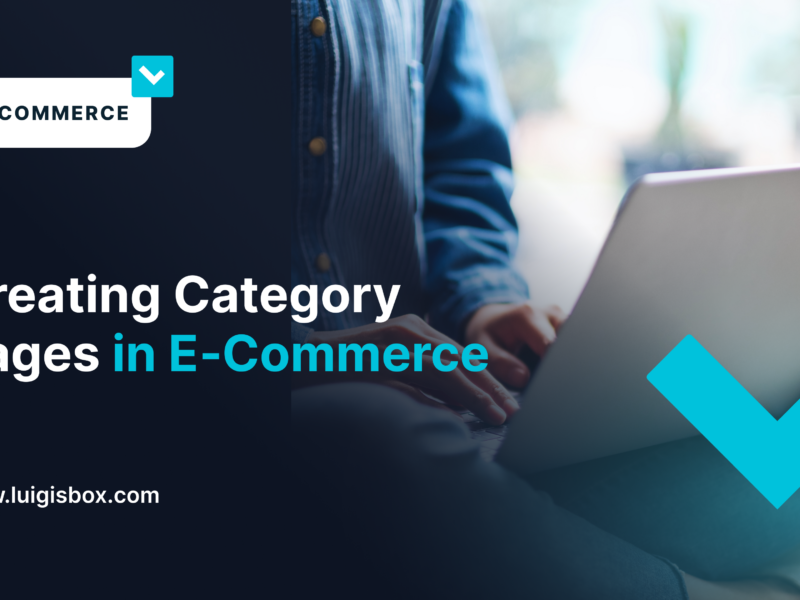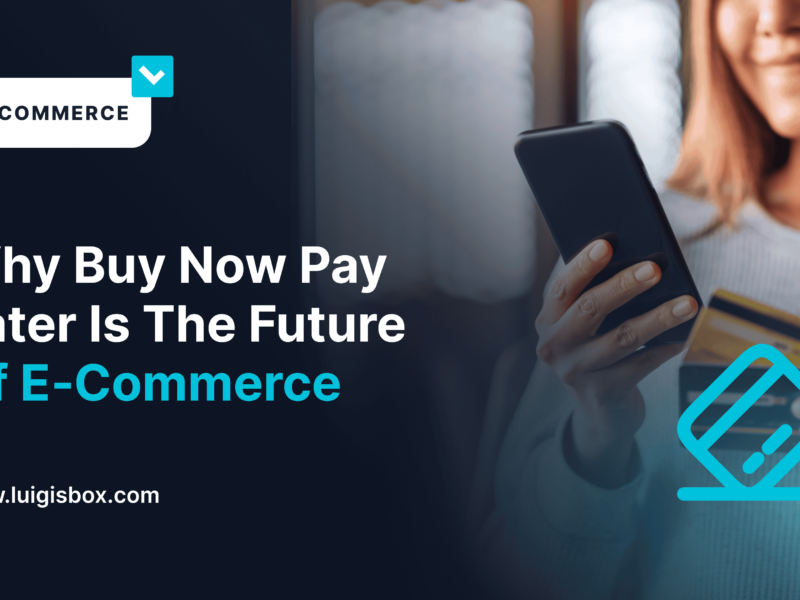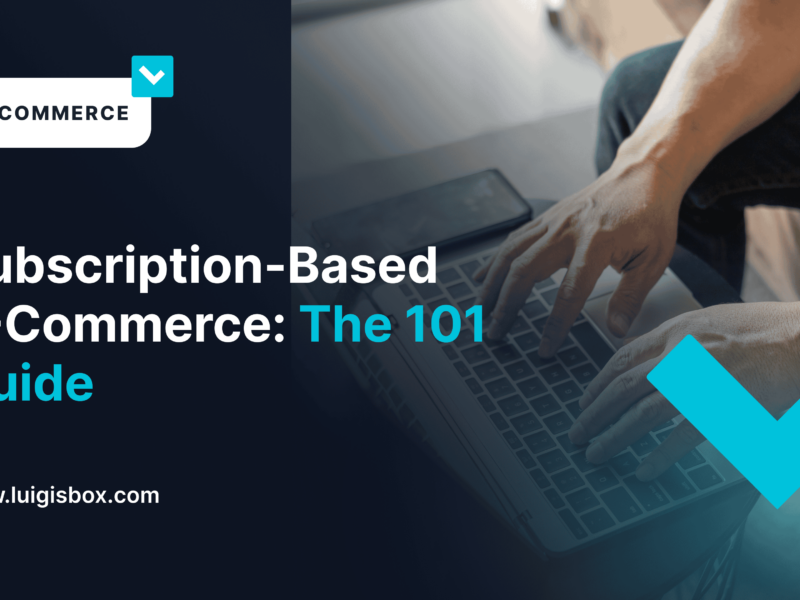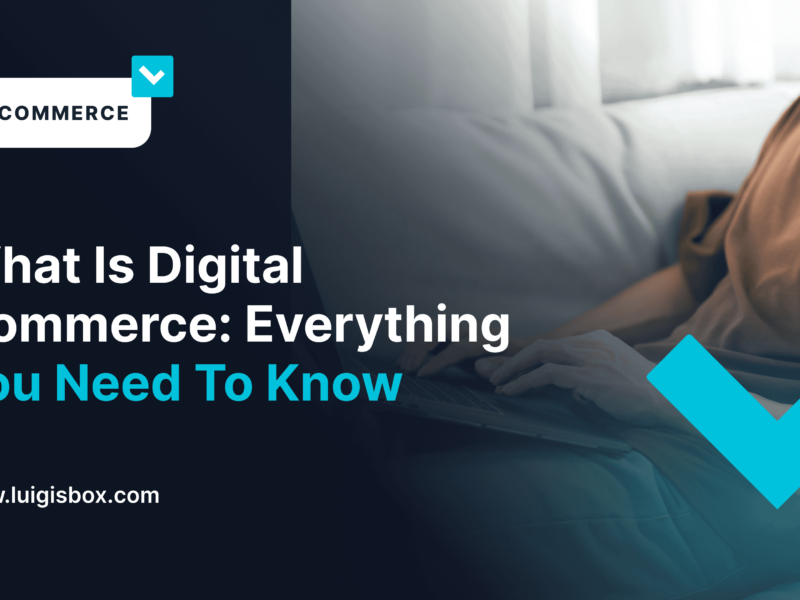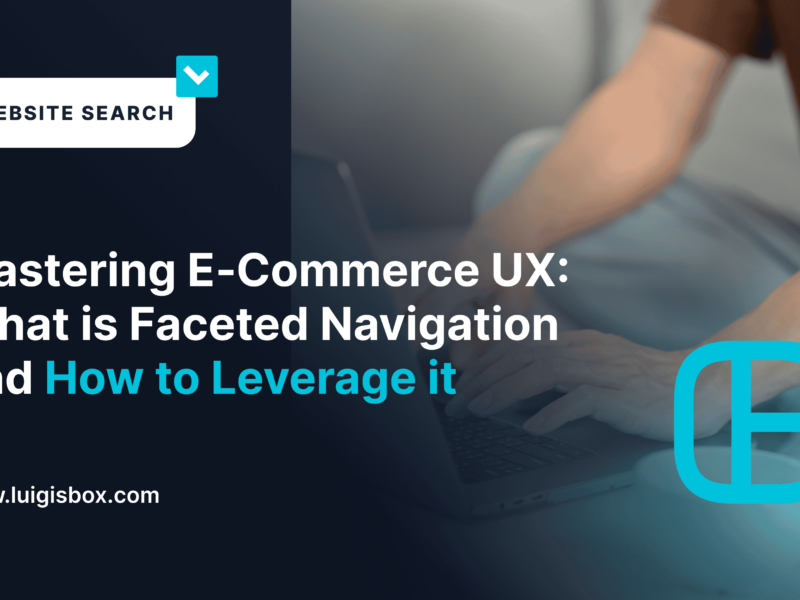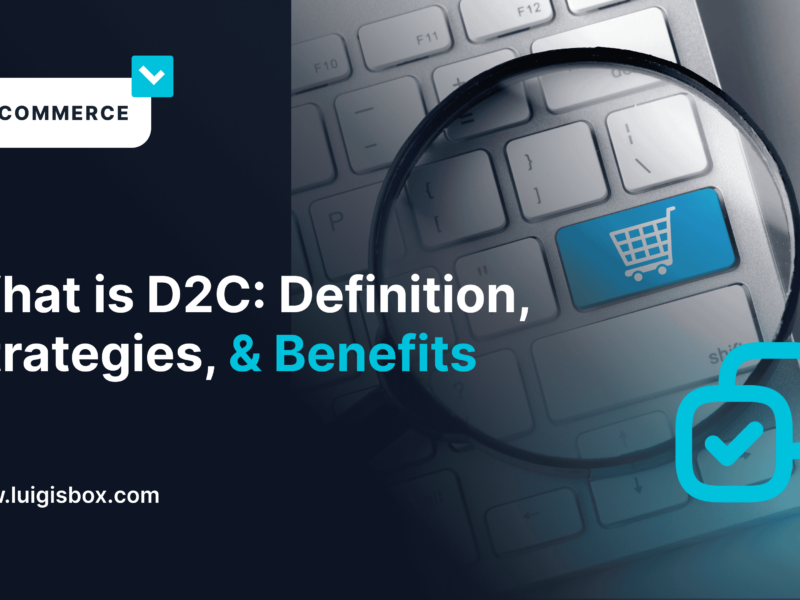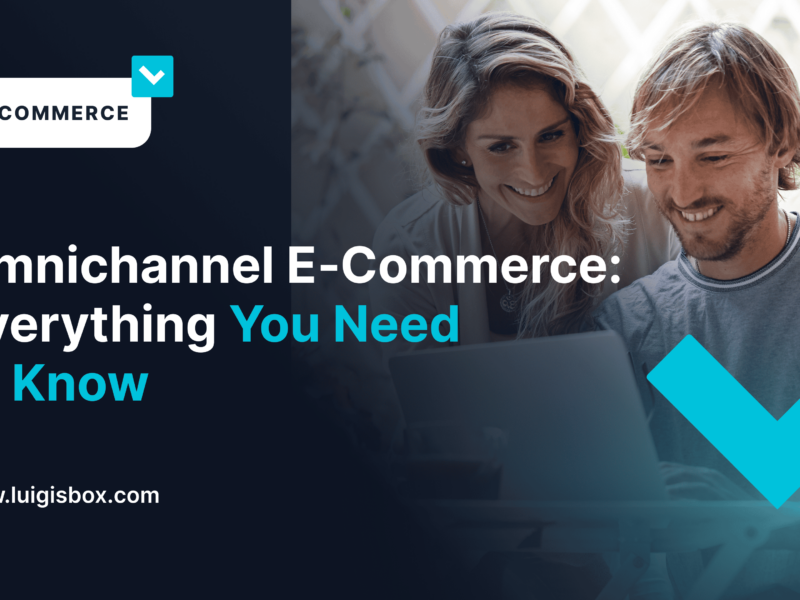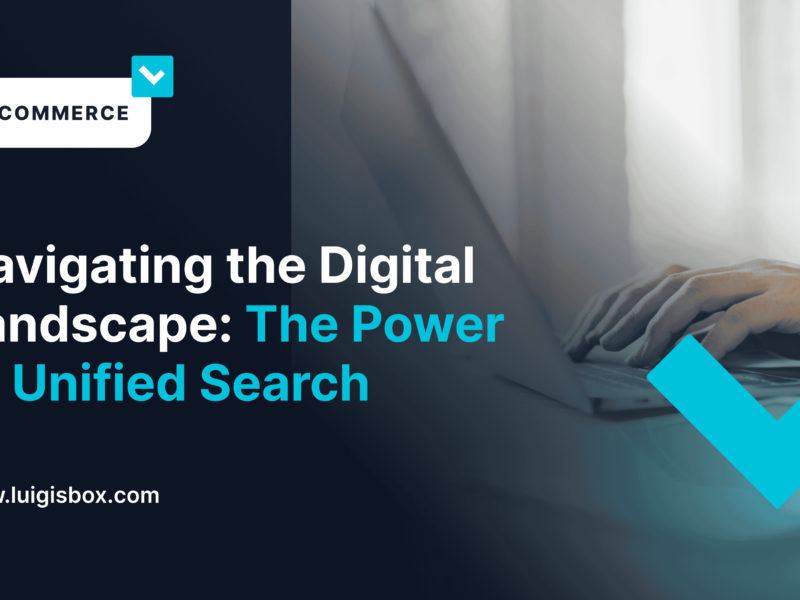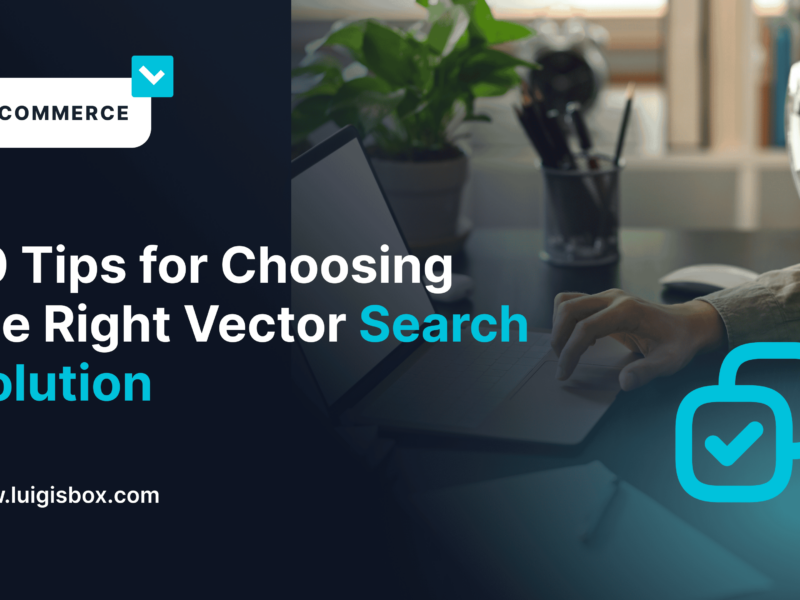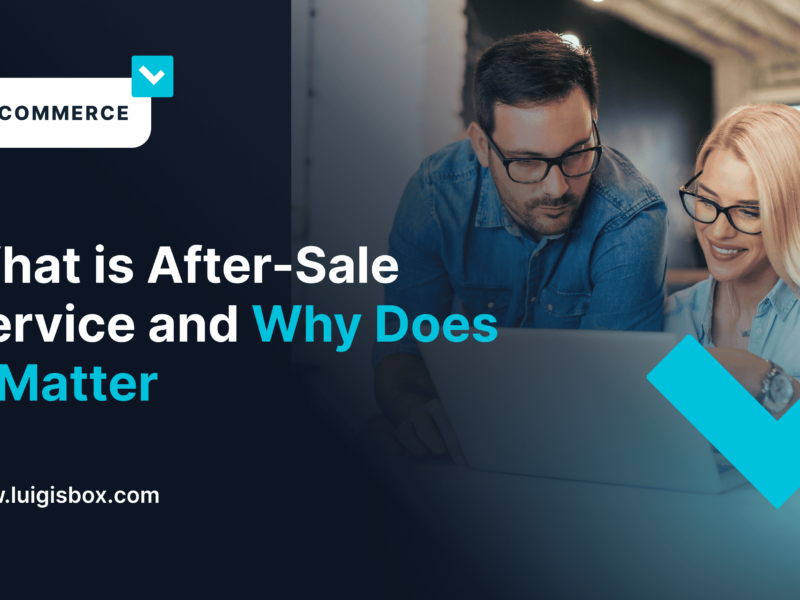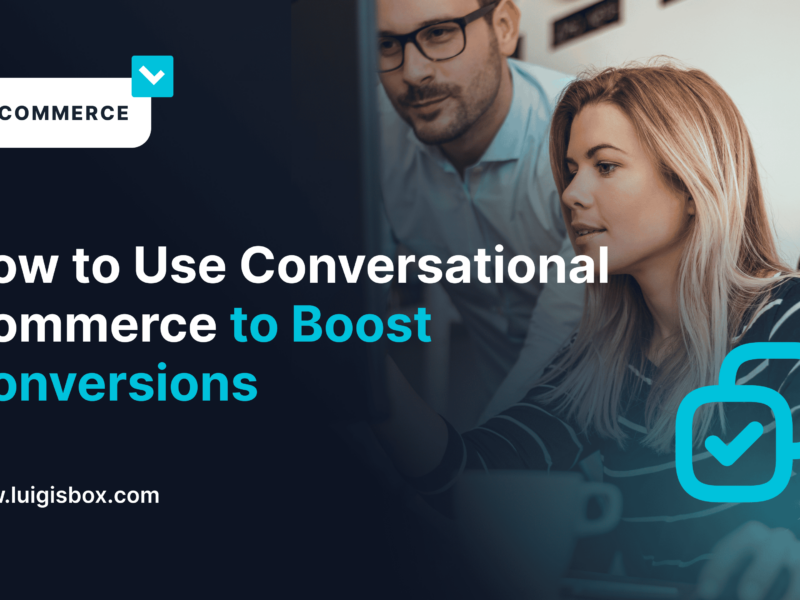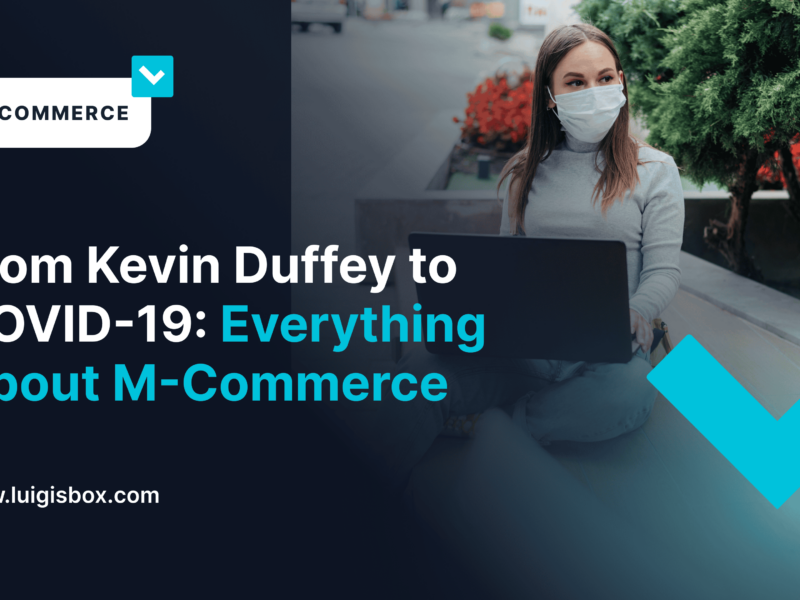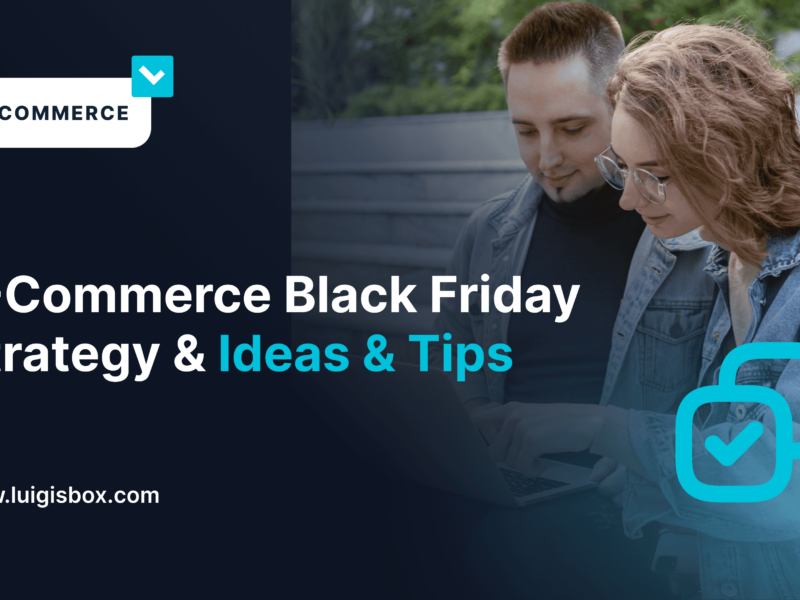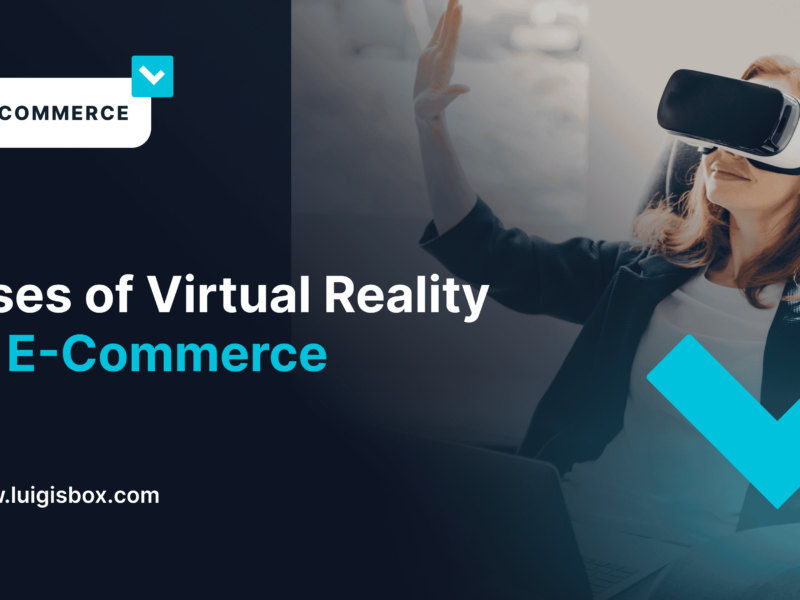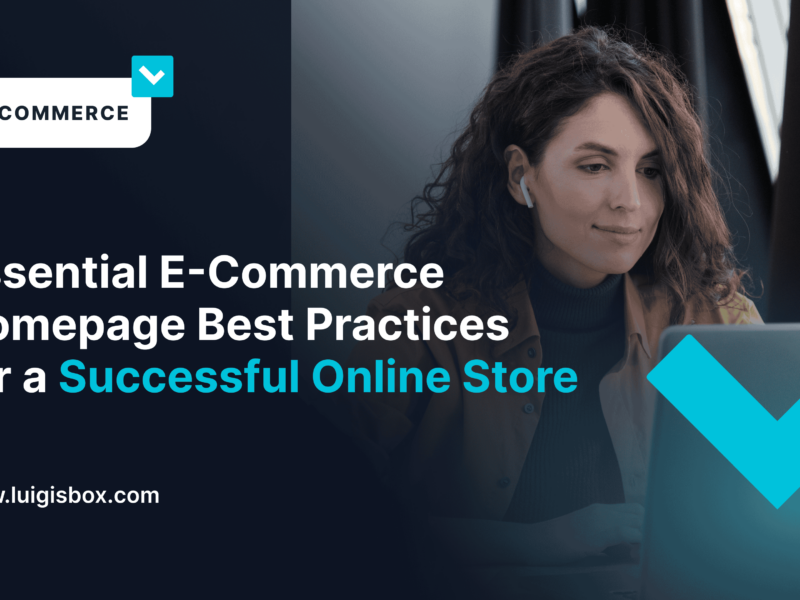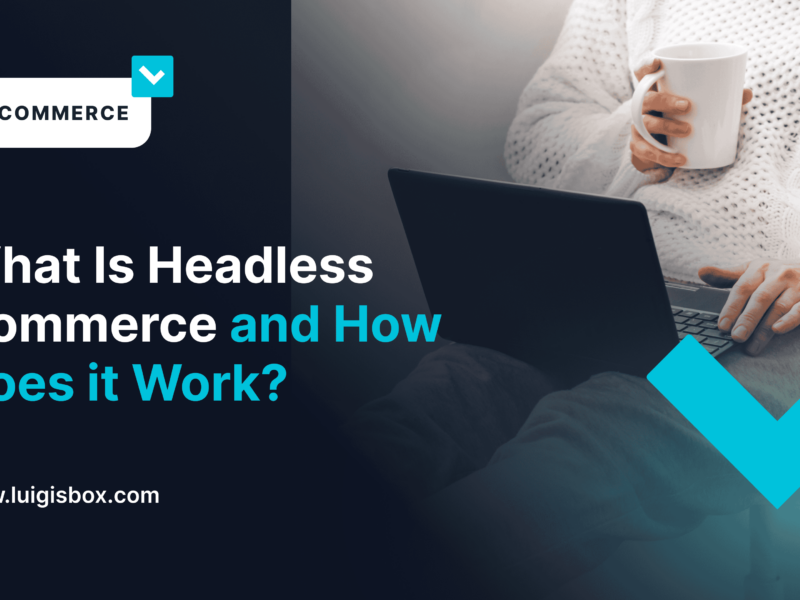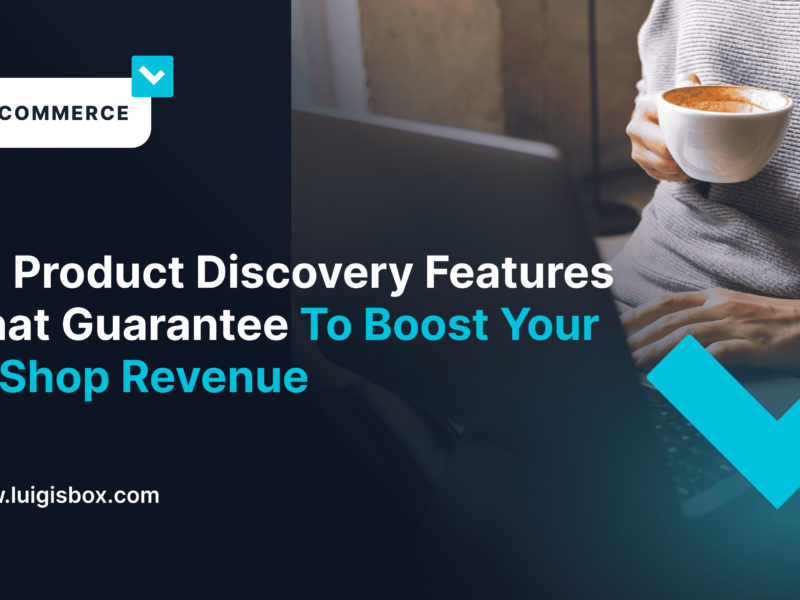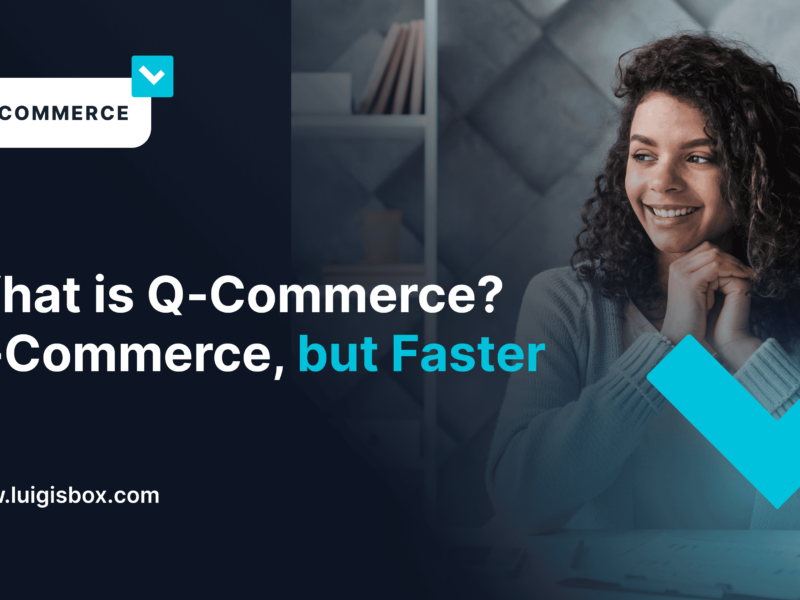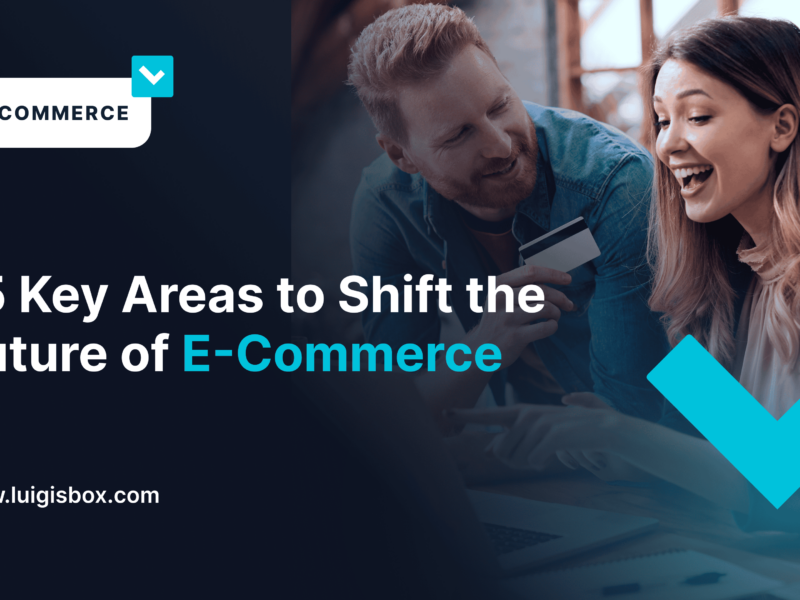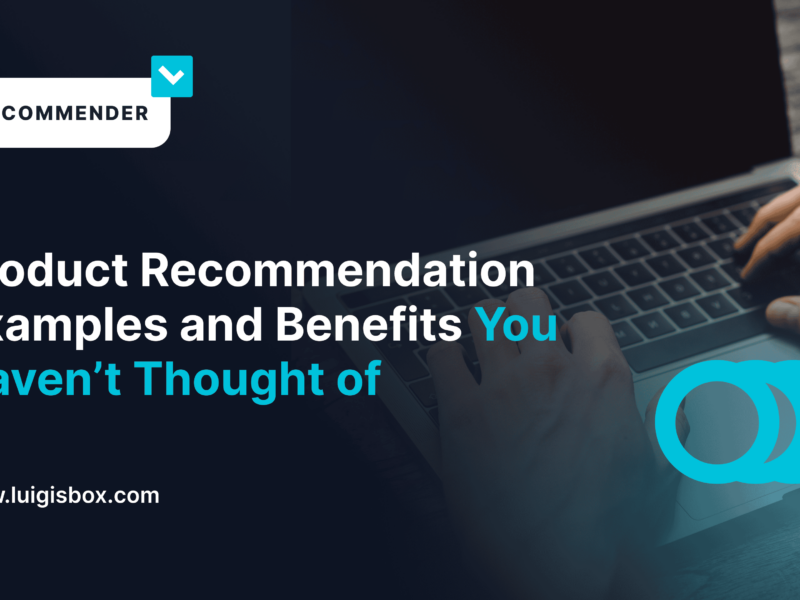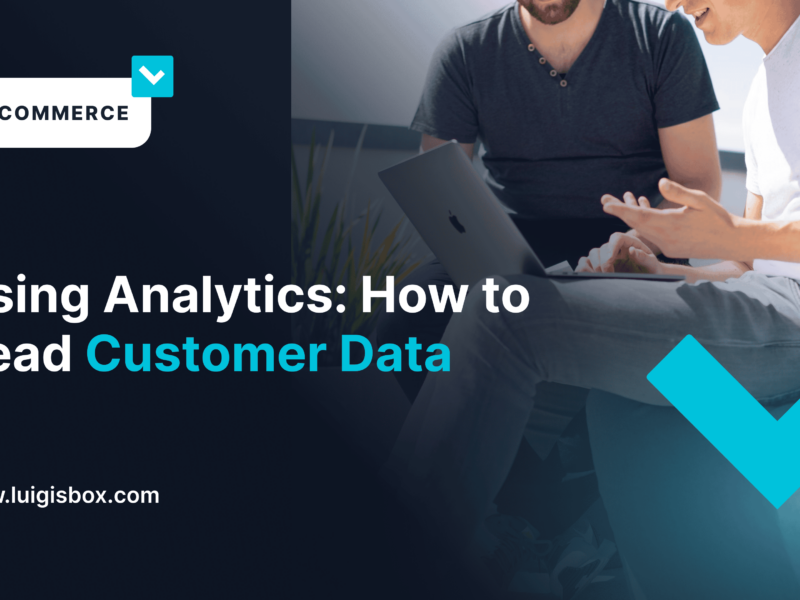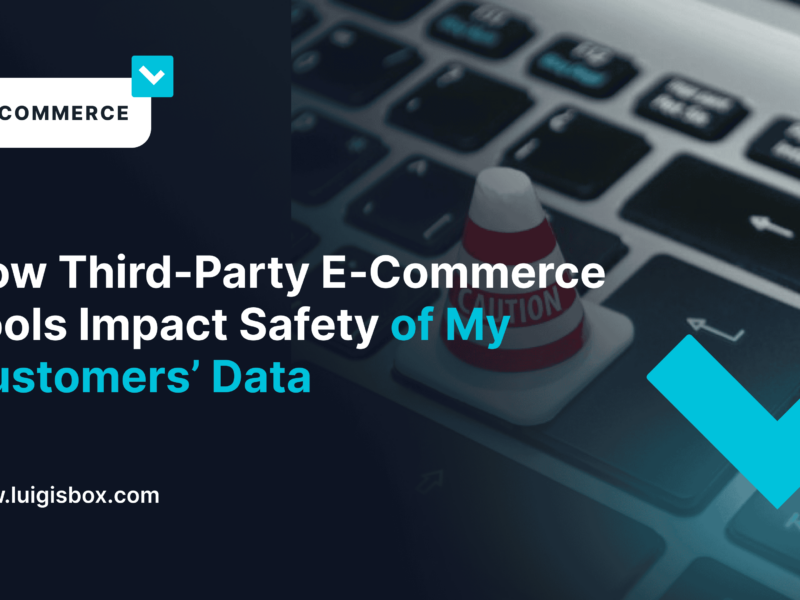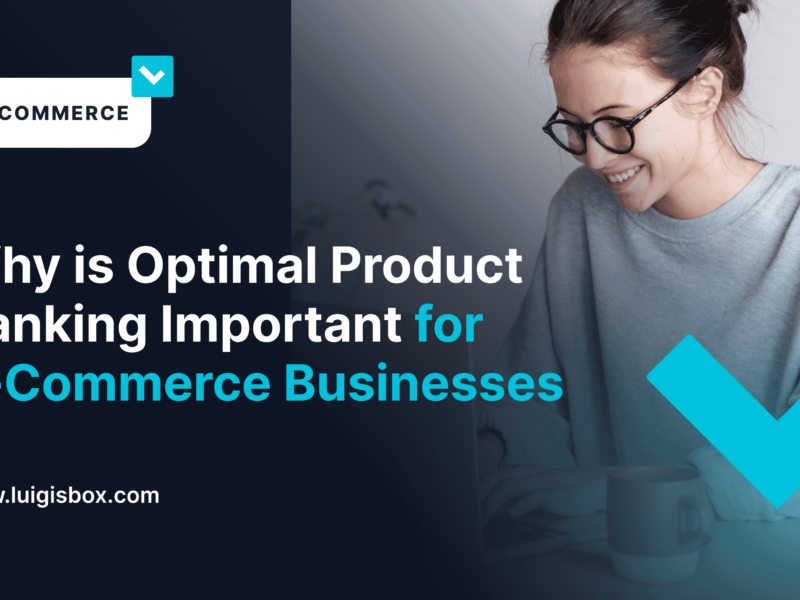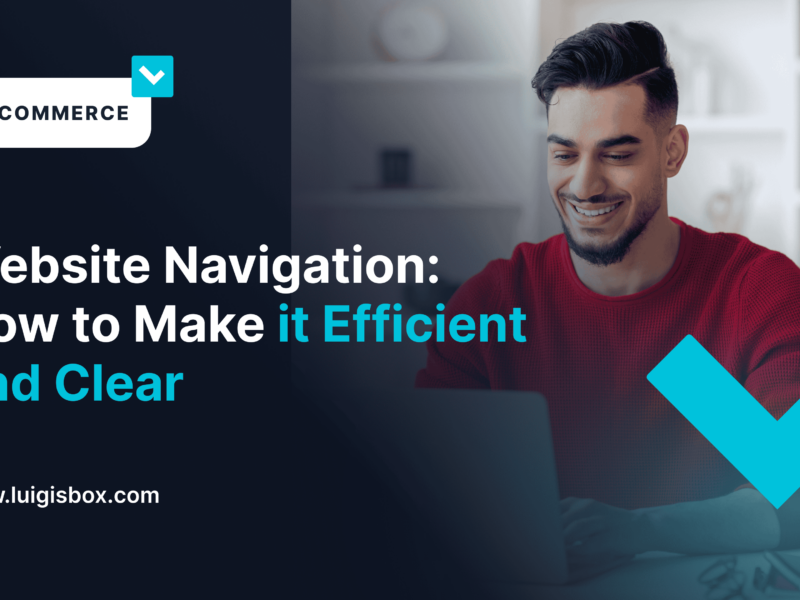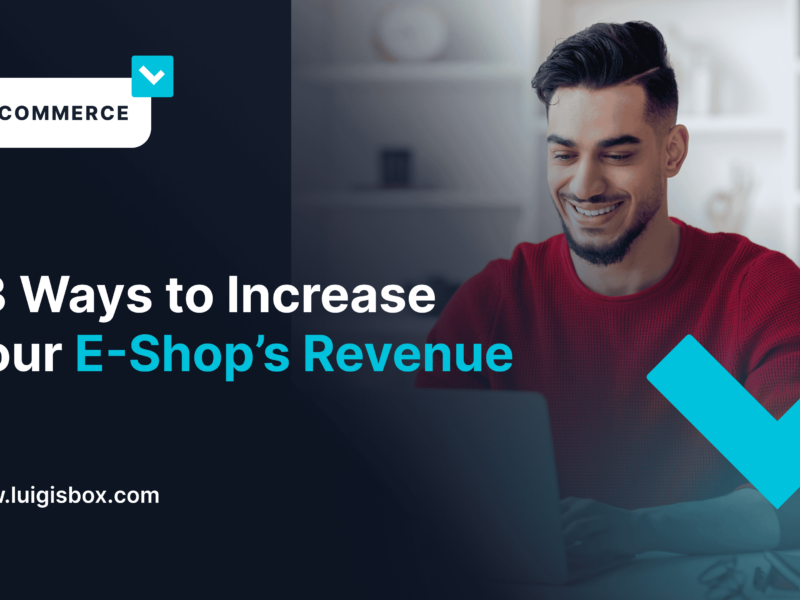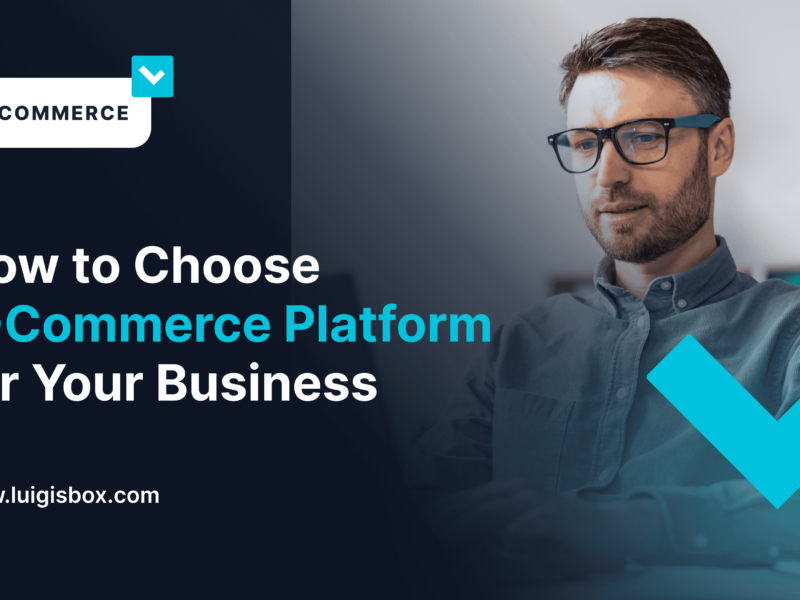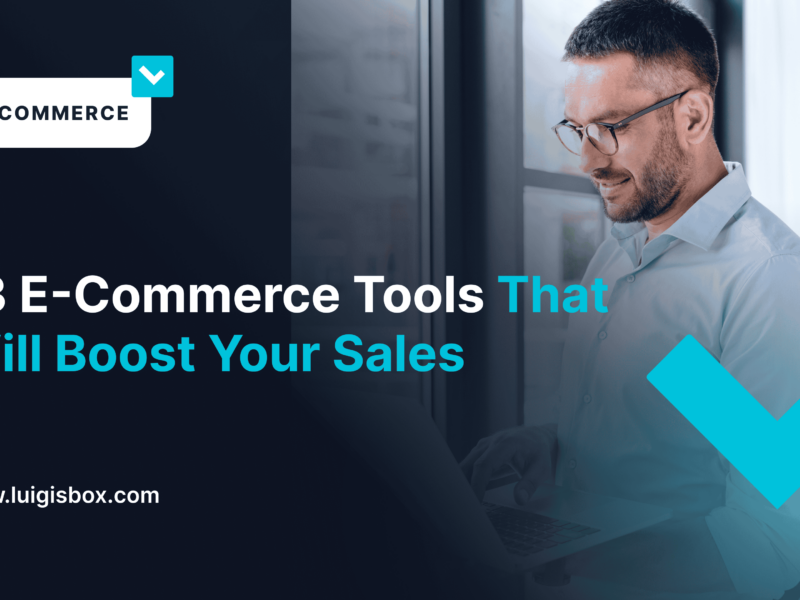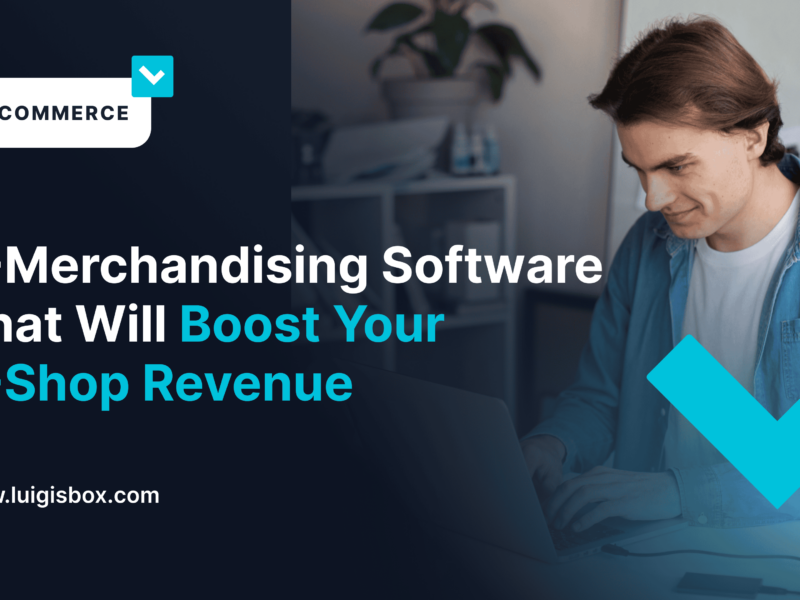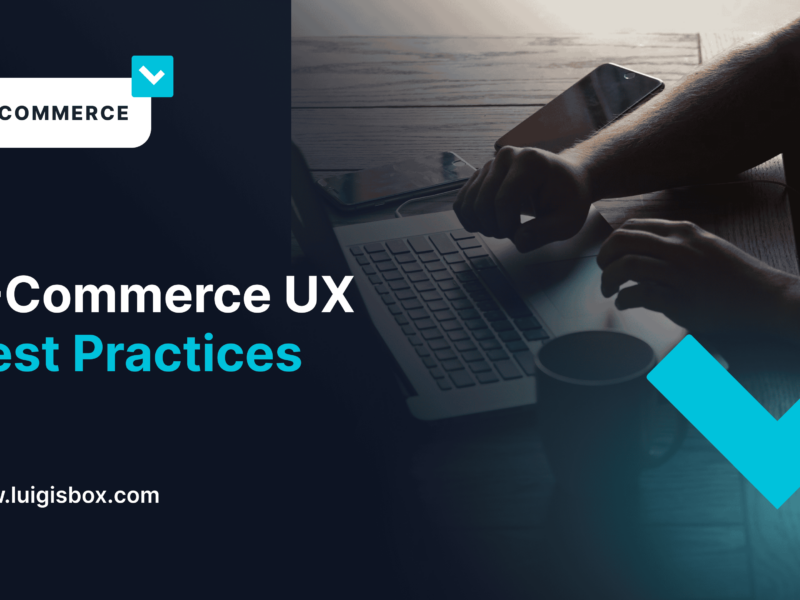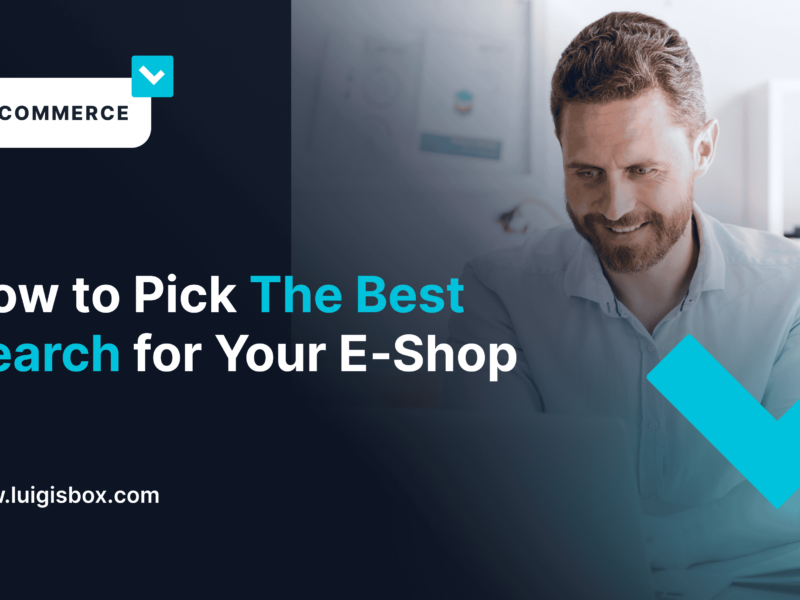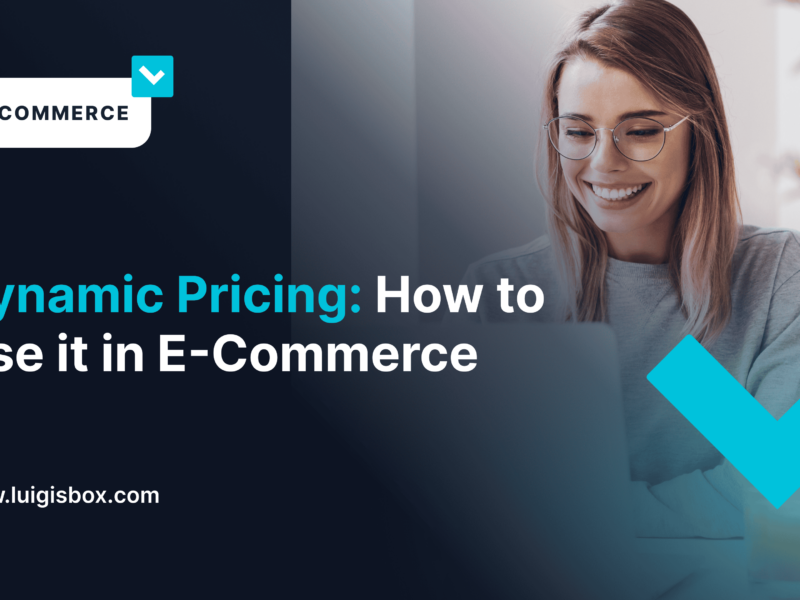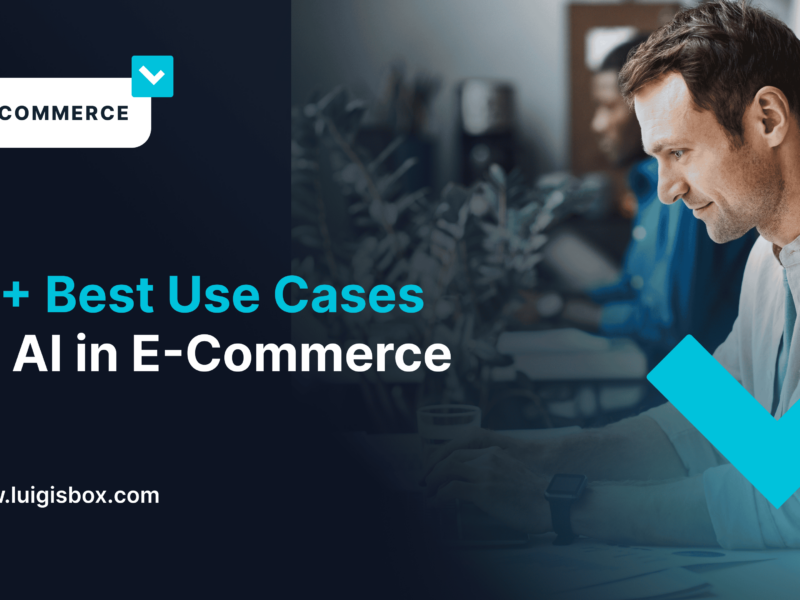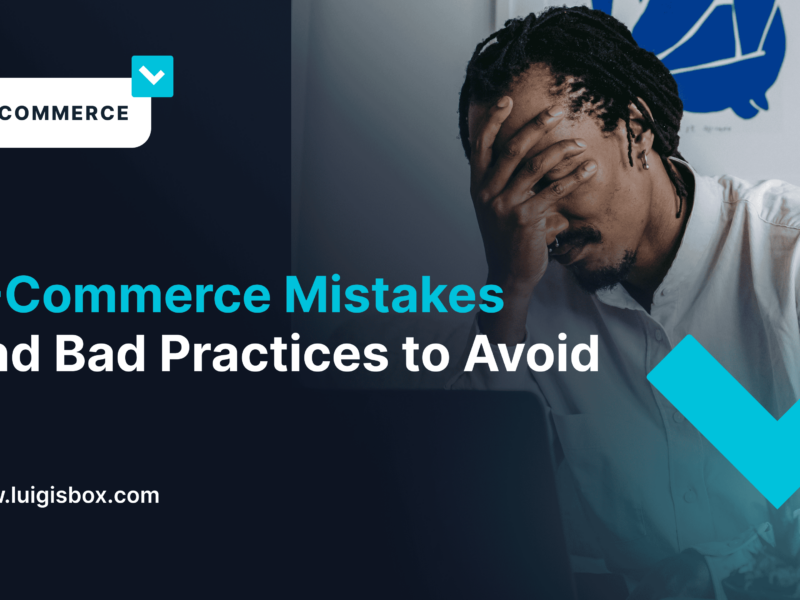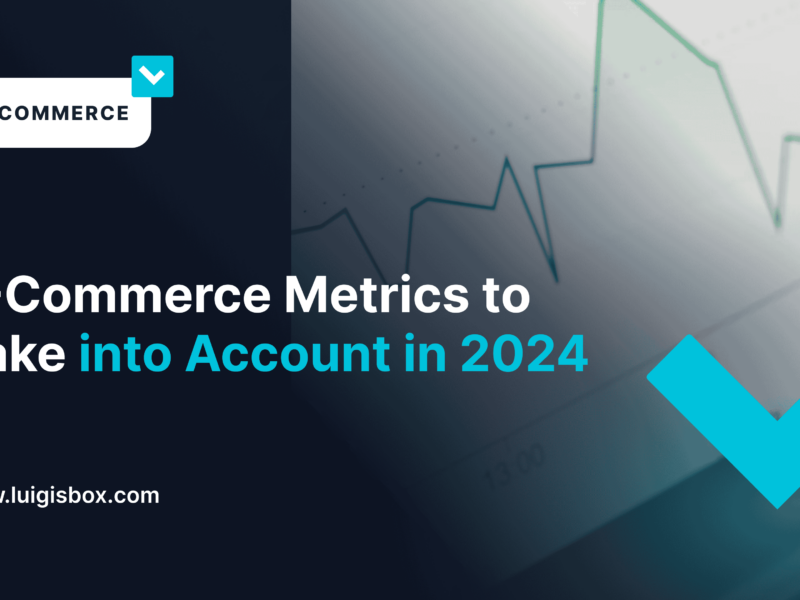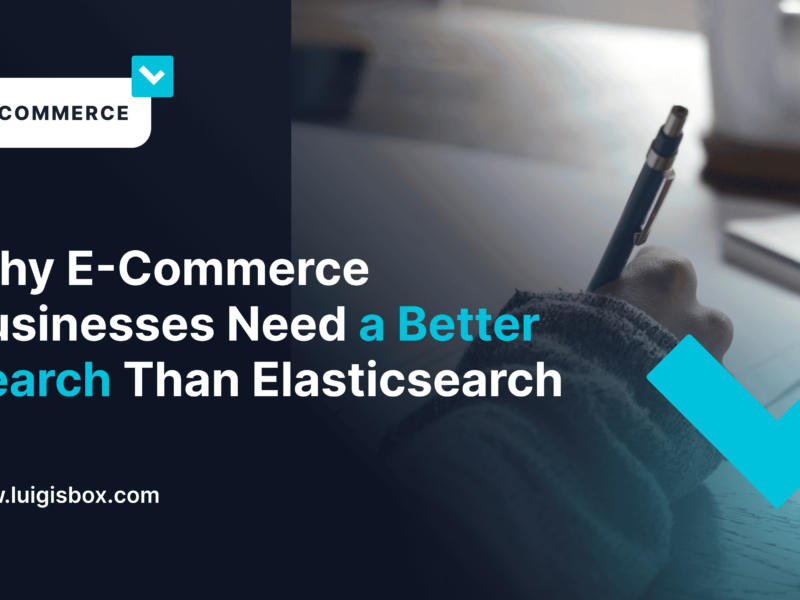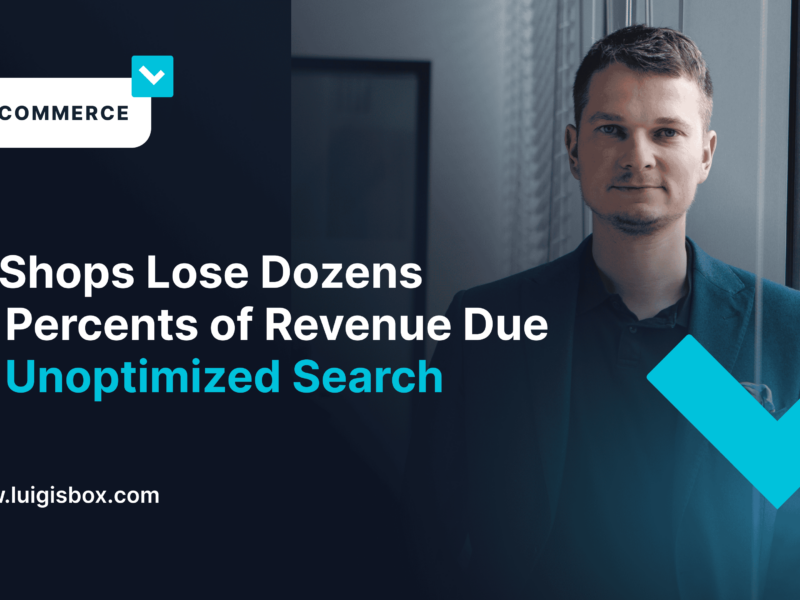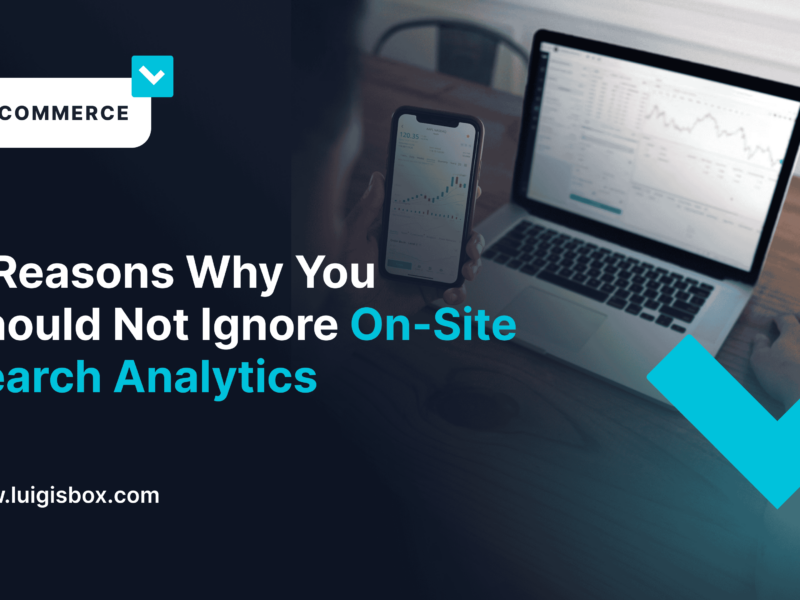How do you determine which e-commerce platform is right for your business?
This process involves considering your business needs and budget to find the best option for you. Creating a list of features you need and researching various platforms will help you make an informed decision.
What are some things to consider when setting up your e-commerce platform?
If it’s your first time setting up an online store, there are a few key things to keep in mind. You’ll need to choose a theme or template that reflects your brand, add high-quality product photos, write clear and concise descriptions, and set up a smooth checkout process. Promoting your store through social media channels, email marketing, and online ads will also help you get started.
Once your platform is set up, what are the next steps?
Just make it work! After you have chosen and set up your e-commerce platform, the next step is to start promoting your store. You can do this through social media, email marketing, and online ads. Creating a blog or YouTube channel is also a great way to attract customers and build brand awareness.
How do you begin marketing your e-commerce platform?
Let your customers know you exist! You can do this through social media, email marketing, and online ads. Creating a blog or YouTube channel is also a great way to attract customers and build brand awareness. If you have an existing customer base, reach out directly to let them know about your new store.
